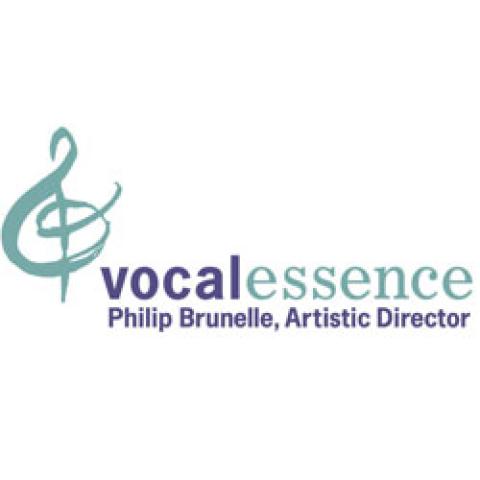
Richard Gladwell, host of WXXI's With Heart and Voice, passed away on Thursday, October 15, 2009
after battling brain cancer. Since 1989 Mr. Gladwell’s weekly program
of choral and organ music was heard Sunday mornings on Classical
91.5/90.3, and on more than 100 radio stations across the country.
Mr. Gladwell amassed a collection of about 8,500 choral and organ
recordings from around the world, which he shared with his With Heart
and Voice listeners every week. His collection spanned the full range
of Western religious music, from the Gothic period through 20th
century. With Heart and Voice often celebrated the seasons of the
church year; however, without endorsing any religious belief.
Instead, it focuses on the richness and beauty of sacred music.
A special tribute to Richard Gladwell was co-hosted by Jeanne Fisher and Peter DuBois. The program included portions of interviews that Richard recorded
over the years, and featured some of his favorite music.
Selections included Sir Hubert Parry’s I Was Glad, How Lovely is Thy
Dwelling Place from the Brahms Requiem, Steal Away as sung by Jesse
Norman, John Rutter’s Requiem and hymns by Stanford and Vaughan
Williams. The With Heart and Voice Tribute to Richard Gladwell can be heard on
the Web at www.wxxi.org/listen.
On March 29, 2009 Mr. Gladwell received the prestigious Benemerenti
Medal, one of the Vatican’s highest honors to the laity. Rochester
Bishop Matthew Clark presented the medal before more than 700 guests
at a special concert in Mr. Gladwell’s honor at Sacred Heart
Cathedral. Upon receiving the award, Mr. Gladwell said “This award,
coming to me in the twilight of my years, reminds me that God moves
in a mysterious way his wonders to perform. I am thankful for the
chance to do what I have done over the past 35 years, to bring His
music to the attention of the public.”
Mr. Gladwell was born and educated in London, England. At age 6, he
auditioned and was accepted as a chorister in an East London church.
He was firmly entrenched in the choral tradition of the Anglican
Church and its repertory. Gladwell later received his musical
education through the extramural program of Birmingham University in
conjunction with the British Broadcasting Council. He came to the
United States in 1955 and worked in management positions for both
Xerox and Kodak. As a collector of recordings, he was interested in
radio and was given a part-time job as an announcer for a Rochester
classical music station.



